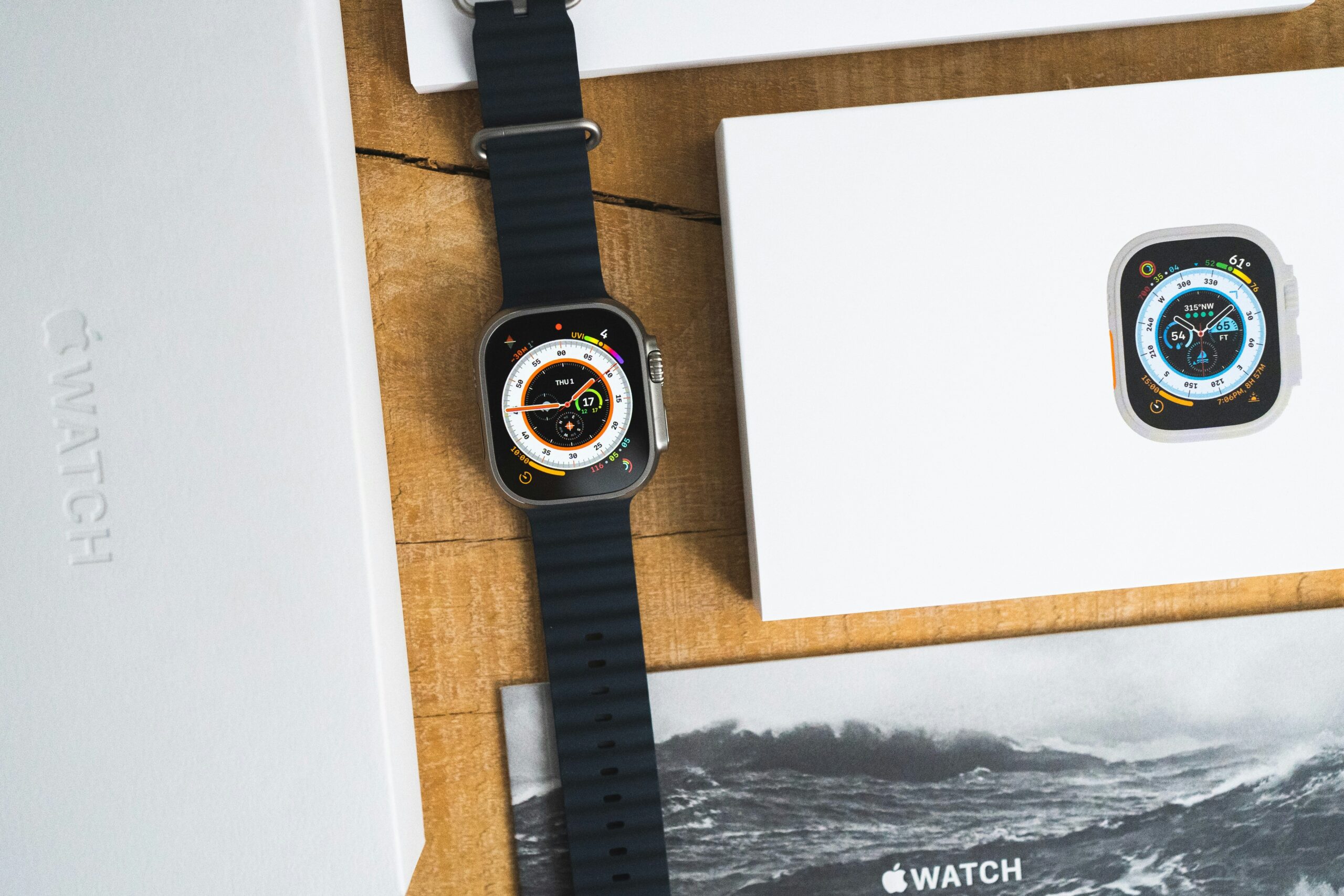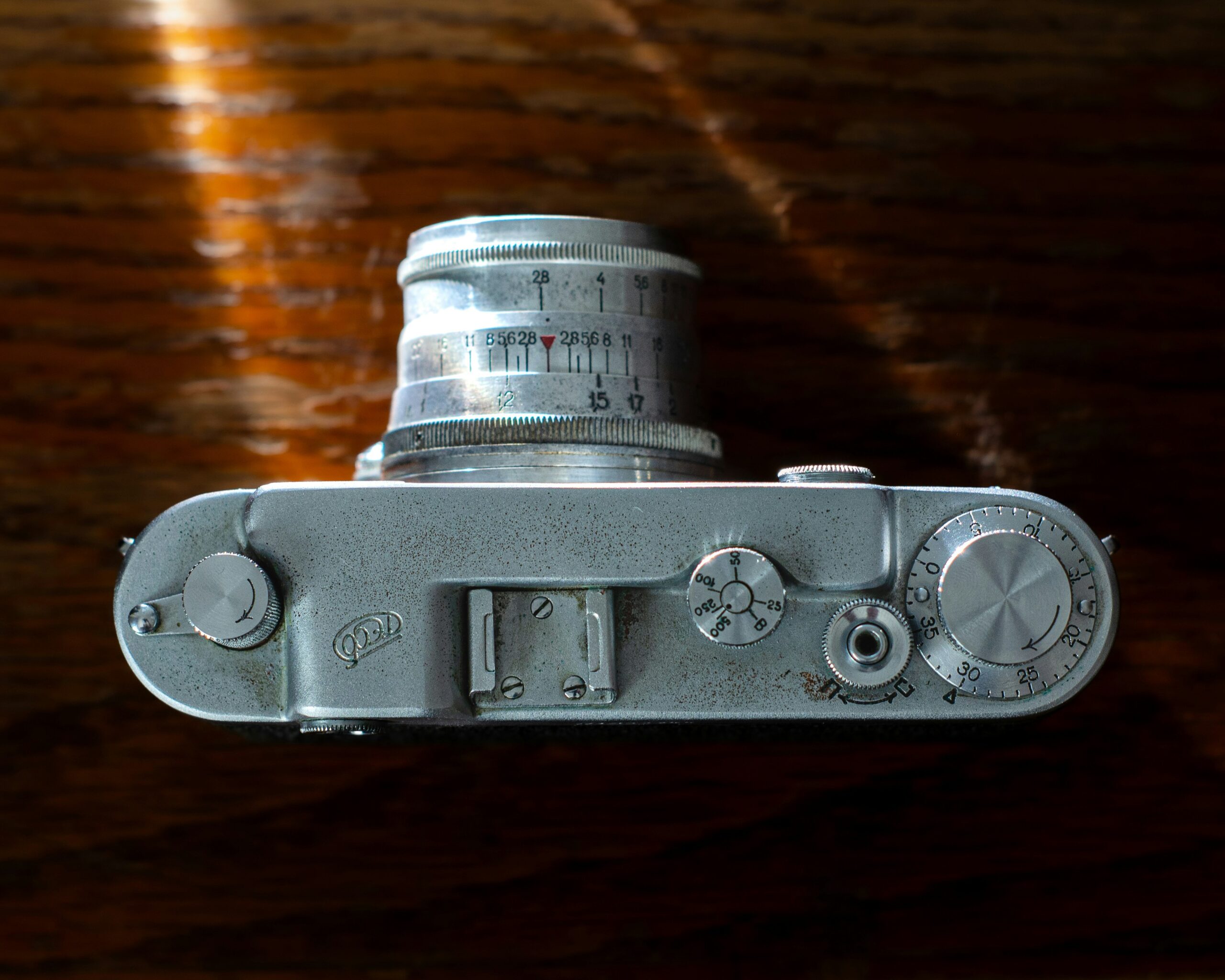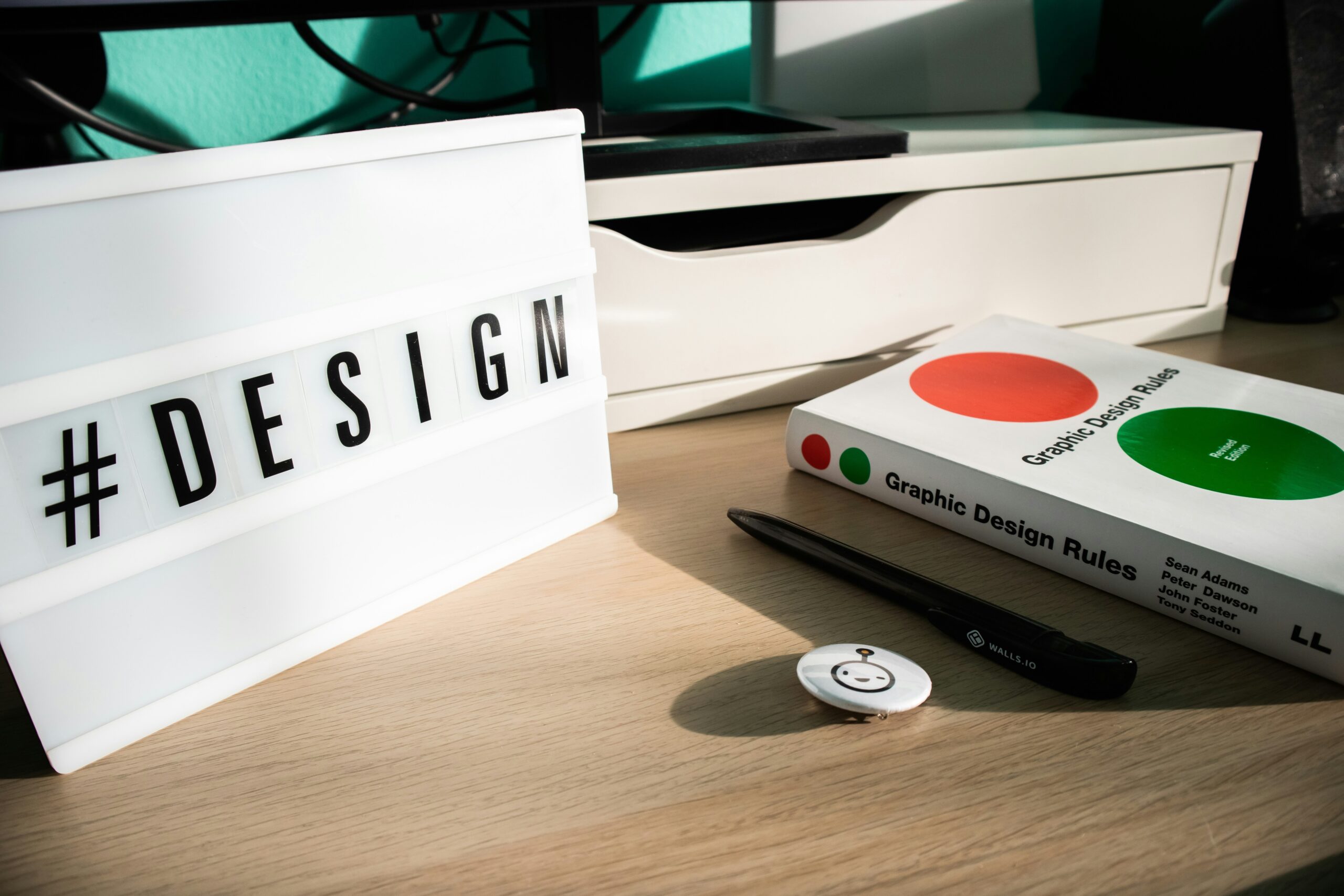“Ever strapped on a fashion watch, only to feel like you’re lugging around a brick on your wrist? Yeah, we’ve all been there.”
In the world of wearable technology, blending style and comfort is no small feat—especially when “heavy” meets “high-tech.” Lightweight design isn’t just a buzzword; it’s the key to creating fashion watches that people actually want to wear. In this post, we’ll explore how to master lightweight design tips while keeping aesthetics sharp and tech seamless.
You’ll learn about:
- The problem with bulky designs (and why it matters).
- A step-by-step guide to designing lighter smartwatches.
- Actionable tips from industry experts.
- Real-world case studies of sleek success.
- And yes, even the things you *shouldn’t* do.
Table of Contents
- Key Takeaways
- Why Weight Matters in Wearable Tech
- Step-by-Step Guide to Lightweight Design
- Top Lightweight Design Tips for Fashion Watches
- Case Studies: Brands Who Nailed It
- FAQs About Lightweight Wearable Tech
Key Takeaways
- Weight directly impacts user comfort and adoption rates.
- Using advanced materials like titanium can reduce mass without compromising durability.
- Balancing aesthetics and functionality is critical in wearable tech.
- Iterative testing ensures weight distribution feels natural.
- Overloading features can backfire—less is often more.
Why Weight Matters in Wearable Tech
Imagine wearing a device so heavy your arm gets tired within minutes. Sadly, some early attempts at combining fashion watches with tech failed miserably because designers neglected one crucial detail: the human experience.
Here’s what happens when weight goes wrong:
- Comfort plummets, leading users to abandon their devices.
- Design lacks elegance, alienating fashion-conscious buyers.
- Tech fatigue sets in as people associate wearables with discomfort.

Fig 1: A comparison between traditional bulky watches and modern minimalist designs.
To avoid these pitfalls, brands need to embrace lightweight design principles. But where do you start?
Step-by-Step Guide to Lightweight Design
Optimist You: “Follow these steps to craft the ultimate lightweight fashion watch!”
Grumpy You: “Ugh, fine—but only if coffee’s involved.”
Step 1: Define Your Material Palette
Metal alloys, plastics, and composite materials play a huge role in reducing weight. Titanium, aluminum, and carbon fiber are excellent choices due to their strength-to-weight ratios.
Step 2: Optimize Structural Integrity
It’s not enough to strip out material—you also need to ensure the structure remains durable. Finite element analysis software helps simulate stress points before production begins.
Step 3: Balance Aesthetics with Functionality
Fashion watches must look good AND work well. Minimalist interfaces paired with sleek hardware create visual appeal without adding unnecessary bulk.
Step 4: Conduct User Testing Early
Prototype early and test rigorously with real users. Gather feedback on ergonomics, strap tension, and overall balance.
Top Lightweight Design Tips for Fashion Watches
Here are proven strategies to make your designs both light and impactful:
- Leverage Advanced Materials: Think beyond stainless steel. Use lightweight yet strong options like ceramic or magnesium.
- Evaluate Component Placement: Strategically distribute components to prevent awkward weight shifts.
- Prioritize Battery Efficiency: Large batteries add heft, so optimize energy consumption instead.
- Choose Slim Bezels: Thicker bezels add unnecessary mass. Go thin for a chic, unobtrusive profile.
- Don’t Overcomplicate Features: Avoid cramming too many sensors or buttons into your design.
**Terrible Tip Alert:** Don’t sacrifice durability for lightness by skimping on quality control. A fragile watch might weigh less, but it won’t last long enough to matter.
Case Studies: Brands Who Nailed It
Let’s take a look at two brands excelling in lightweight fashion tech:
Polaroid Timepieces

Fig 2: Polaroid’s ultra-thin model showcases elegant simplicity.
Polaroid nailed lightweight design by focusing on anodized aluminum cases and minimalist dials. Customers rave about its featherlight feel without sacrificing style.
Fossil Hybrid HR
Fossil blends analog charm with hybrid heart rate tracking using ultra-compact sensors. Despite packing tech, the watch remains incredibly light thanks to thoughtful engineering.
FAQs About Lightweight Wearable Tech
Q: What materials are best for lightweight watches?
Titanium, aluminum, and carbon fiber are top picks for achieving strength and lightness.
Q: Can lightweight designs still be durable?
Absolutely. Using advanced alloys and robust construction techniques ensures longevity.
Q: How does weight affect sales performance?
Studies show that heavier designs deter consumers, lowering adoption rates by up to 30%.
Q: Is battery life affected by lightweight design?
Yes—if you prioritize compact batteries, efficiency optimization becomes essential.
Conclusion
When crafting fashion watches infused with cutting-edge tech, remembering lightweight design tips is non-negotiable. Comfort reigns supreme, and finding harmony between form and function will set your products apart. So, pour yourself another cup of coffee, revisit those design plans, and remember: Less weight = More wins.
Like a Tamagotchi, your SEO needs daily care. Keep iterating until perfection—or just close enough!


